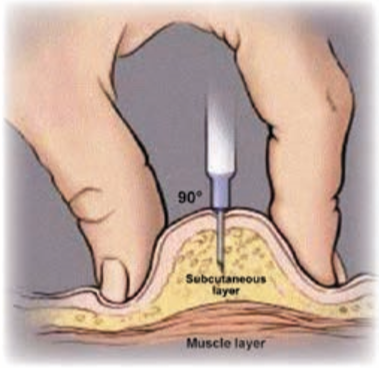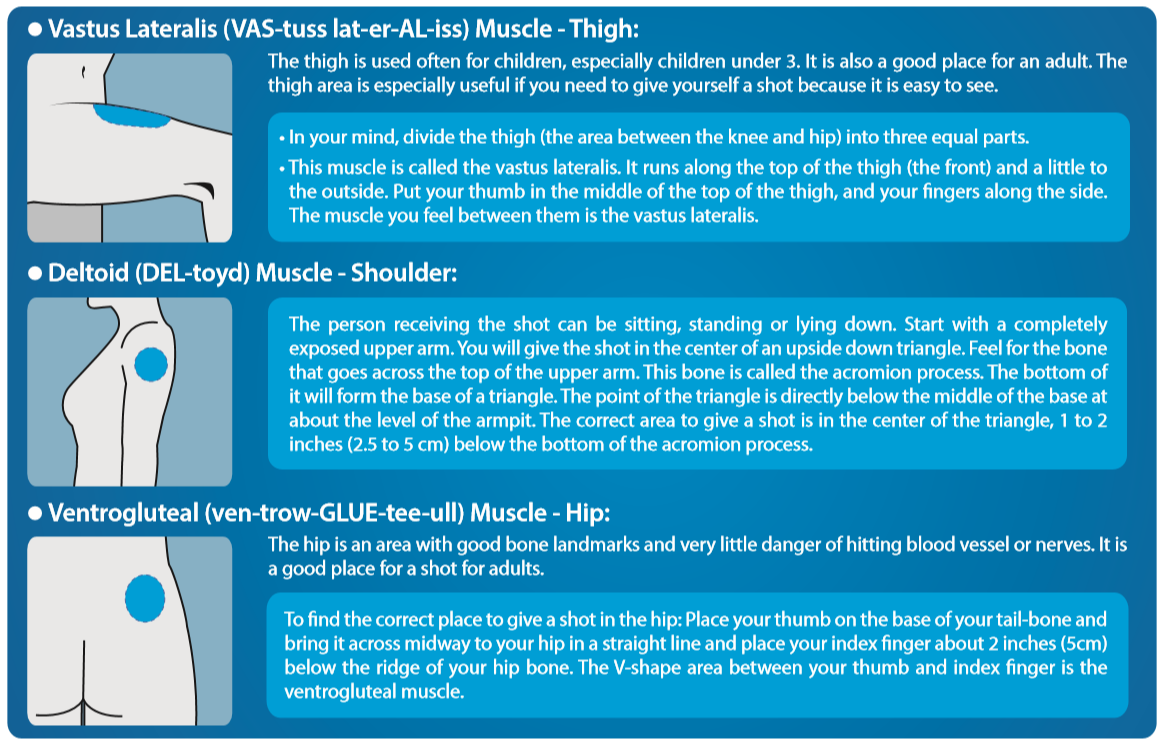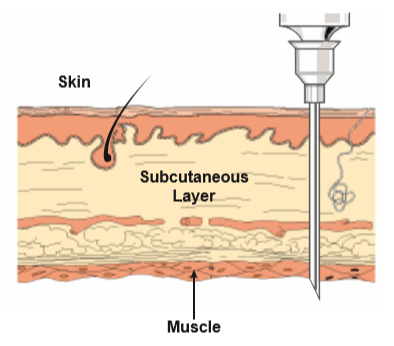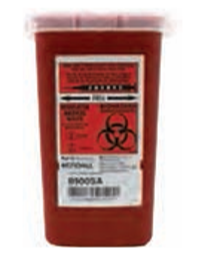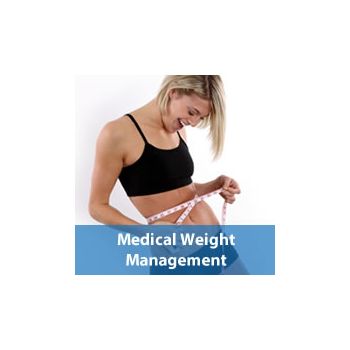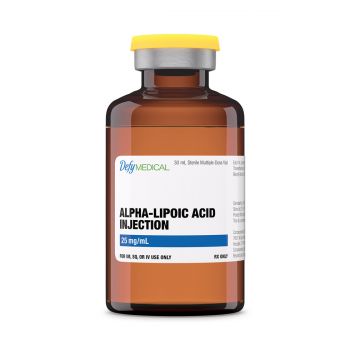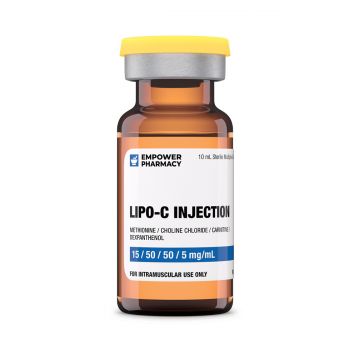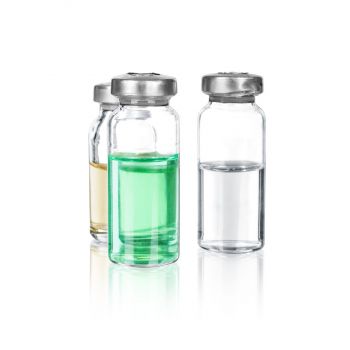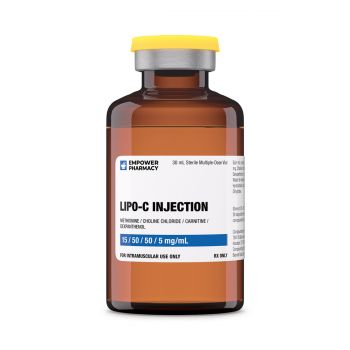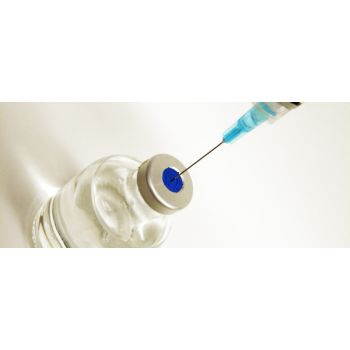Methylcobalamin (Vitamin B12) 10,000mcg injectable, 10mL (lyophilized)
B12 shots have been shown to boost mood, increase energy, and provide an improved sense of well-being. They can also help treat B12 deficiency. Vitamin B12 is a key vitamin for mood, energy, nervous system function, and more. Our bodies don’t create vitamin B12, so we receive it through diet and supplementation.
Often, a deficiency happens because your body is unable to absorb vitamin B12 from food. Vegetarians and vegans may also experience B12 deficiency, because animal products are the most common source of dietary B12. People on heavily restricted diets may also experience vitamin B12 deficiency.
Strength: 1,000mcg/mL (10,000mcg/10mL) Bacteriostatic water and mixing syringe will be provided for reconstitution. Syringes and needles for injection ordered separately.

Injectable nutrition is one of the most effective forms of supplementation. With oral supplements, portions of the vitamins and nutrients are lost to the digestive tract. This doesn’t happen with injectable nutrition.
With B12 injections, all the dose is delivered into the bloodstream, so you get the maximum benefit.
Methylcobalamin is a naturally occurring form of B12, and it is the most bioavailable. That means the body can more easily use this form of B12, making it more effective.
Methylcobalamin (Vitamin B12) is a compounded vitamin for injection. Vitamin B12 is involved in the metabolism of every cell of the human body, especially affecting DNA synthesis and regulation, as well as fatty acid synthesis and energy production. It can increase red blood cells and appetite; and can be used to treat anemia, and improve mood and energy.
Vitamin B12 should be supplemented in vegetarians who do not get adequate amounts of B12 from diet or patients consuming a low calorie/low protein diet. Methylcobalamin has some metabolic and therapeutic in applications not shared by the other forms of vitamin B12. Supplementing with this is a very effective treatment for B12 deficiencies commonly found in patients who suffer from diseases or have nutritional deficits (such as ultra low calorie diets).
To read more about this vitamin, click here: https://www.empowerpharmacy.com/drugs/methylcobalamin-vitamin-b12-injection.html
| Instructions | METHYLCOBALAMIN 10,000 mcg, 10mL vial Topics
Videos
Patient Instructions Each bottle of Methylcobalamin will arrive lyophilized (in powder form) and will need to be reconstituted (mixed) with a separate solution (diluent). The diluent is Bacteriostatic Water for Injection, USP containing 0.9% Benzyl Alcohol added as an antimicrobial preservative. Refrigerate after reconstitution. Methylcobalamin or vitamin B12 improves mood, energy, increases appetite and can help alleviate depression. Step 1: Remove the caps from the Methylcobalamin 10,000 mcg vial of powder and bacteriostatic water vial. Wipe the tops with the alcohol swabs and let dry. Note: if using a 3ml/cc mixing syringe steps 2 - 6 will need to be completed several times to transfer all the fluid into the powder. Step 2: Using the mixing syringe tighten the needle to the hub then pull hack the plunger to bring in 10 mL/cc of air. Step 3: Push the plunger in to add 10 mL of air to the vial and then draw out 10 mL of bacteriostatic water by slowly pulling the plunger back out. Step 4: Remove the needle from the bacteriostatic water vial and insert it into the Methylcobalamin 10,000 mcg vial of powder. Step 5: Push the plunger to release the 10 mL of bacteriostatic water into the Methylcobalamin 10,000 mcg vial of powder. Step 6: Draw out the same volume of air that you've injected (10 mL) from the Methylcobalamin 10,000 mcg vial before pulling the needle out. This will keep the pressure equal within the vial. Gently swirl (do not shake) the Methylcobalamin 10,000 mcg vial around until the solution is clear. Step 7: Discard the remaining bacteriostatic water and refrigerate the Methylcobalamin 10,000 mcg vial. What items do I need to give a shot?
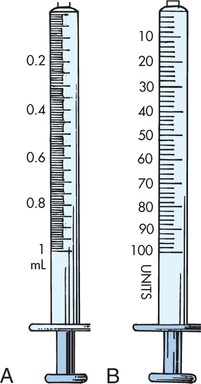
How to draw up the Methylcobalamin
Subcutaneous shots can be given straight in at a 90-degree angle, or at a 45-degree angle. You can give the shot at a 90-degree angle if 2 inches of skin can be grasped between your thumb and first (index) finger. If only 1 inch of skin can be grasped, give the shot at a 45-degree angle
Where can I give a subcutaneous shot? There are many sites on the body that are safe to give Subcutaneous shots.
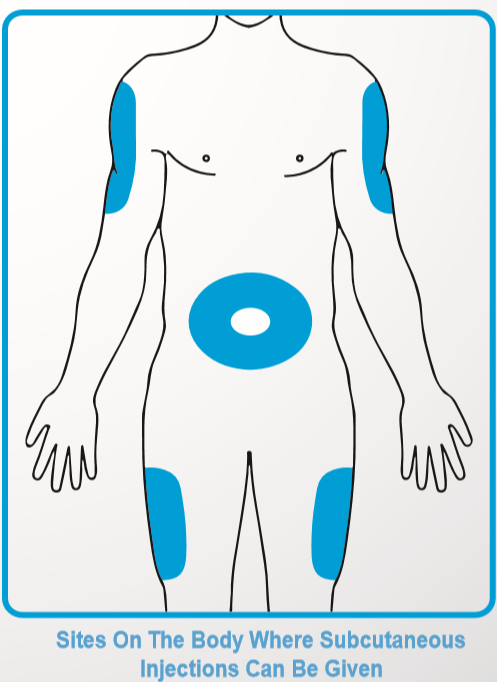 How do I inject medication into subcutaneous tissue?
How to transfer contents from vial to syringe First, remove the plastic cap from the medication vial and use an alcohol wipe to cleanse the rubber stopper. With a fresh, unused syringe, pull back on the plunger to the amount you are injecting, bringing air into the syringe. Now, remove the plastic cap from the needle. Insert the needle into the vial and slowly push (inject) the air from the syringe into the vial. This will displace the liquid in the vial when you withdraw the medication. Turn the vial and syringe upside down and carefully draw the fluid back into the syringe to the line designating the desired amount of medication. If you see any air bubbles, lightly tap or flick the syringe to draw the bubbles to the top (the end with the needle) and expel the air. Note that a small amount of medication may release as well. This is normal. You are now ready to inject. Where can I give an intramuscular shot? The skin and the muscles under the skin cover nerves, blood vessels and bones. It is important to give a shot where you will not hurt any of these body parts. There are 6 possible areas, 3 on each side of the body, where an Intramuscular (IM) shot can be given. It is important to choose the correct area. If caregivers showed you what areas are safe, follow their directions. Constantly change the area where you give shots. If you give a shot in the same place every day or even every week, scar tissue can build up. The scar tissue can negatively affect how the medication will work. Following this information will help you choose the safest areas to give an intramuscular injection.
How do I choose the best muscle for the shot? If your caregivers have told you which muscle to use, follow their directions. Many change with age. For example, the rear-end area is never used for infants or children under 3-years old because it is not developed well enough. The deltoid may work well for a person with developed muscles in the upper body. The deltoid cannot be used if that area is very thin or underused. The muscle must be easy to reach. How do I inject nutrients into a muscle?
How do I dispose of used syringes and needles? You can purchase a Sharps Container, a hard-plastic container made for used syringes and needles, at your local pharmacy. If you did not purchase this container with your medication, you can use a hard-plastic container with a screw-on top such as a clothing softener or hard plastic detergent bottle. Be sure you can put both the syringe and the needle into the container easily. Whatever container you choose, be sure needles cannot break through the sides, bottom or top. Call your primary care physician or your local pharmacy to find out what your state or local requirements are for disposing of used syringes and needles.
Once mixed, keep Methylcobalamin in the refrigerator and protected from light exposure. Prior to being mixed, Methylcobalamin can be kept at room temperature although it is good habit to store unmixed Methylcobalamin in the refrigerator or in brown bag. If Methylcobalamin is left out of the fridge after being mixed it will not damage the medication. Try not to keep it unrefrigerated for more than 24 hours after being mixed. You may continue to use this refrigerated mixture for up to 60 days Videos |
|---|

